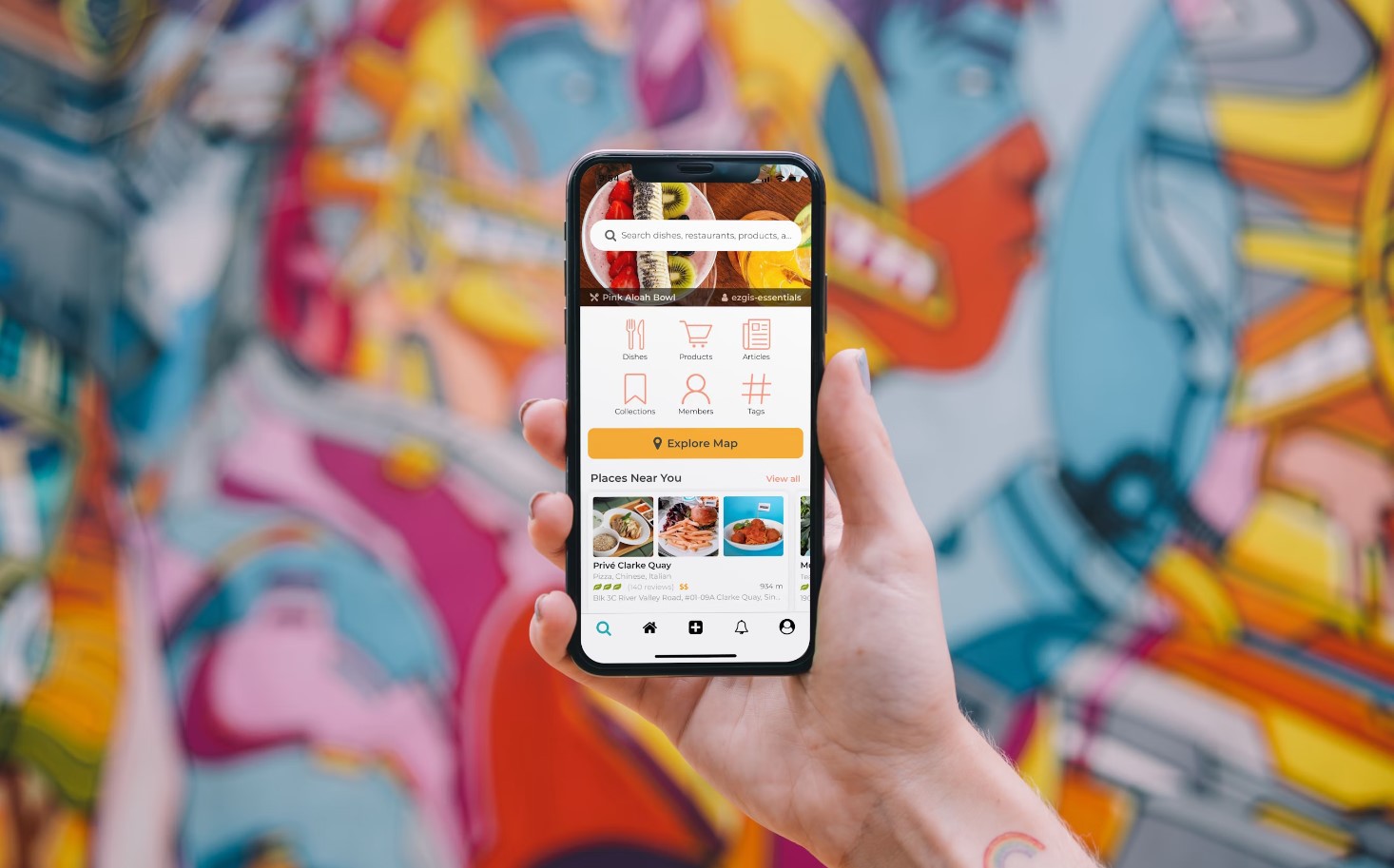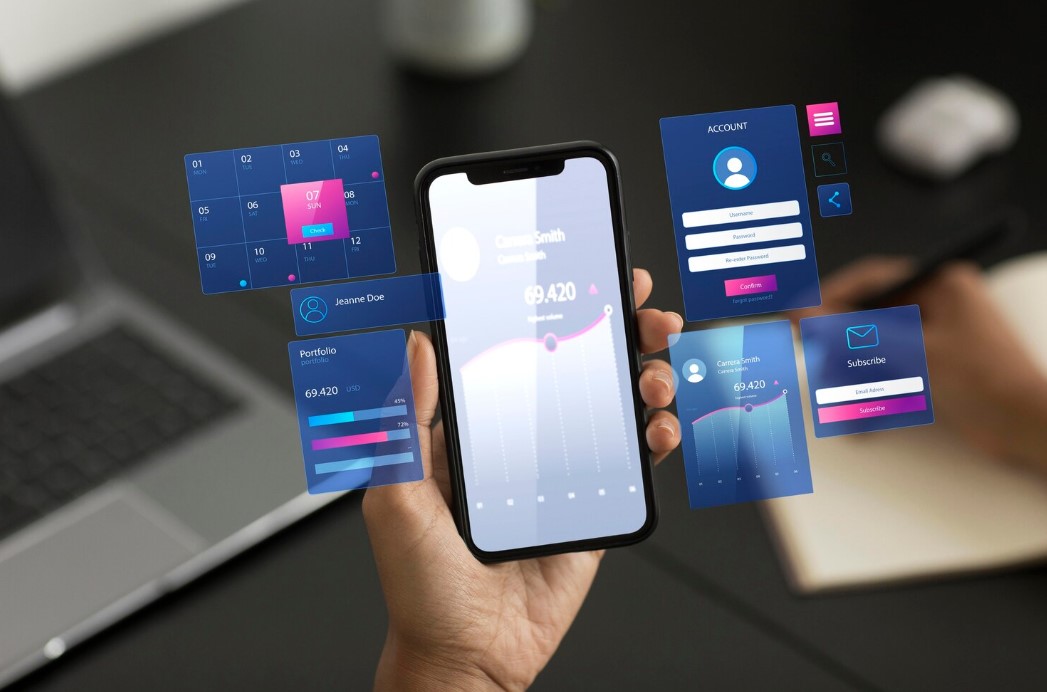In the modern time of advanced technology, mobile apps have become an essential part of our lives, with millions of people using them on a daily basis. Unfortunately, creating a mobile app is not a simple task and requires expertise in programming and design. But don't worry! We will guide you through the simple yet essential steps for mobile app development. Whether you're planning to build an iOS or Android app, we've got you covered. So, let's get started!

Table of Contents
What Is Mobile App Development?
Mobile software development or app development is the process of software application design and development that runs on mobile devices. This practice involves creating installable software bundles (code, binaries, assets, etc.), implementing backend services such as data access with an API, and testing the application on target devices.
Mobile app development is categorized into two types based on the mobile device's operating system:
- Android App Development: Android apps are developed using Java, Kotlin, or C++. Android Studio, provided by Google, is the most widely used development environment.
- iOS App Development: iOS apps are developed using Objective-C or Swift in the Xcode development environment provided by Apple.
In addition to these, there are also:
- Cross-platform App Development: Cross-platform apps are designed to be compatible with multiple operating systems. Developers use frameworks like React Native, Xamarin, or Flutter to write code once, which can then be released on Android and iOS platforms.
How to Develop a Mobile Application in 9 Crucial Steps
Creating a mobile app involves a meticulous process that requires careful planning and execution. Here's an expanded guide on how to navigate through each step:

Step 1: Identify the True Purpose of Your App
The cornerstone of your app development journey is identifying the purpose of your app. This will dictate what features and functionality your app should have. Ask thought-provoking questions like: What problem does my app solve? Who is my target audience? How will my app differentiate from others in the market? What value am I offering to my users? These answers will help you shape a clear, concise vision for your app and guide you throughout the development process.
Step 2: Research Your End-users
Understanding your target audience is one of the first steps to developing an app that resonates with them. Consider their demographics (age, gender, location, income level), behaviors and habits (frequency and type of mobile app usage), pain points (problems or challenges your app can address), and preferences (user interface, features, design styles). This step will help you tailor your app to meet their needs, expectations, and preferences, thereby increasing its chances of success.
Step 3: Choose the Right Platform
iOS and Android are the most prevalent platforms for mobile app development. The choice between these platforms depends on your target audience, market share, demographics, budget, and resources. You may also consider cross-platform development, which allows your app to run on multiple platforms, but this could increase the cost and complexity of the project.
Step 4: Create a Wireframe
A wireframe serves as a blueprint for your app. It's a visual guide that represents the skeletal framework of your app, outlining elements like layout, navigation, and interaction. This step is crucial as it helps you and your team visualize the structure of the app, making changes easier before development begins.
Step 5: Design Your User Interface
The user interface (UI) design is a critical aspect of your app, impacting how your users interact with it. Ensure your UI is simple, intuitive, and consistent with your branding. Conduct usability tests to identify confusing or difficult areas. Remember, a well-designed UI can significantly enhance the experience, which results in higher user engagement and retention rates.
Step 6: Develop Your App
This is where your app starts to take shape. The development phase involves writing code, integrating APIs, creating databases, and setting up servers. Depending on the complexity of your app, you may need a team of developers with different specializations, such as frontend, backend, and full-stack.
Step 7: Test Your App
Testing is an integral part of the development process. It helps identify bugs, performance issues, and usability problems. Testing should be conducted on multiple devices and operating systems to ensure your app provides a consistent experience. Use both manual and automated testing methodologies for a thorough examination.
Step 8: Launch Your App
Once testing is complete and all issues are resolved, you're ready to launch your app on the app stores. This involves submitting your application to the respective app store(s) and following their guidelines for approval. You might also want to plan a marketing campaign to promote your app and attract initial users.
Step 9: Gather Feedback and Make Improvements
After launch, your work is not done. It's crucial to gather feedback from users to understand their experiences, likes, and dislikes. Use this feedback to make improvements, fix bugs, and add new features. Regular updates show your commitment to providing a great user experience and help keep your app relevant in a rapidly changing market.
Some Tips for Successful Mobile App Development
Creating a successful mobile app involves meticulous planning, clear vision, and dedication to user satisfaction. It starts with clarifying your target audience, their needs, and how your app can address these needs. User experience should be prioritized, encompassing an intuitive interface, quick load times, and a bug-free environment. Once your app is live, actively seek and incorporate feedback for continuous improvement. Stay up-to-date with industry trends to secure relevance and consider various monetization strategies, balancing revenue generation with user experience. Thorough testing before launch is vital to avoid damaging your reputation with a faulty product. Effective marketing can increase visibility and user acquisition. Remember, even post-launch, the most successful apps are those that continually evolve and improve to enhance user experience and add value.
Remember to regularly update your app to fix bugs, improve functionality, and add new features to keep users coming back for more. By following these easy steps and continuously improving your app, you can create a successful mobile app that satisfies the needs of your targeted users.
